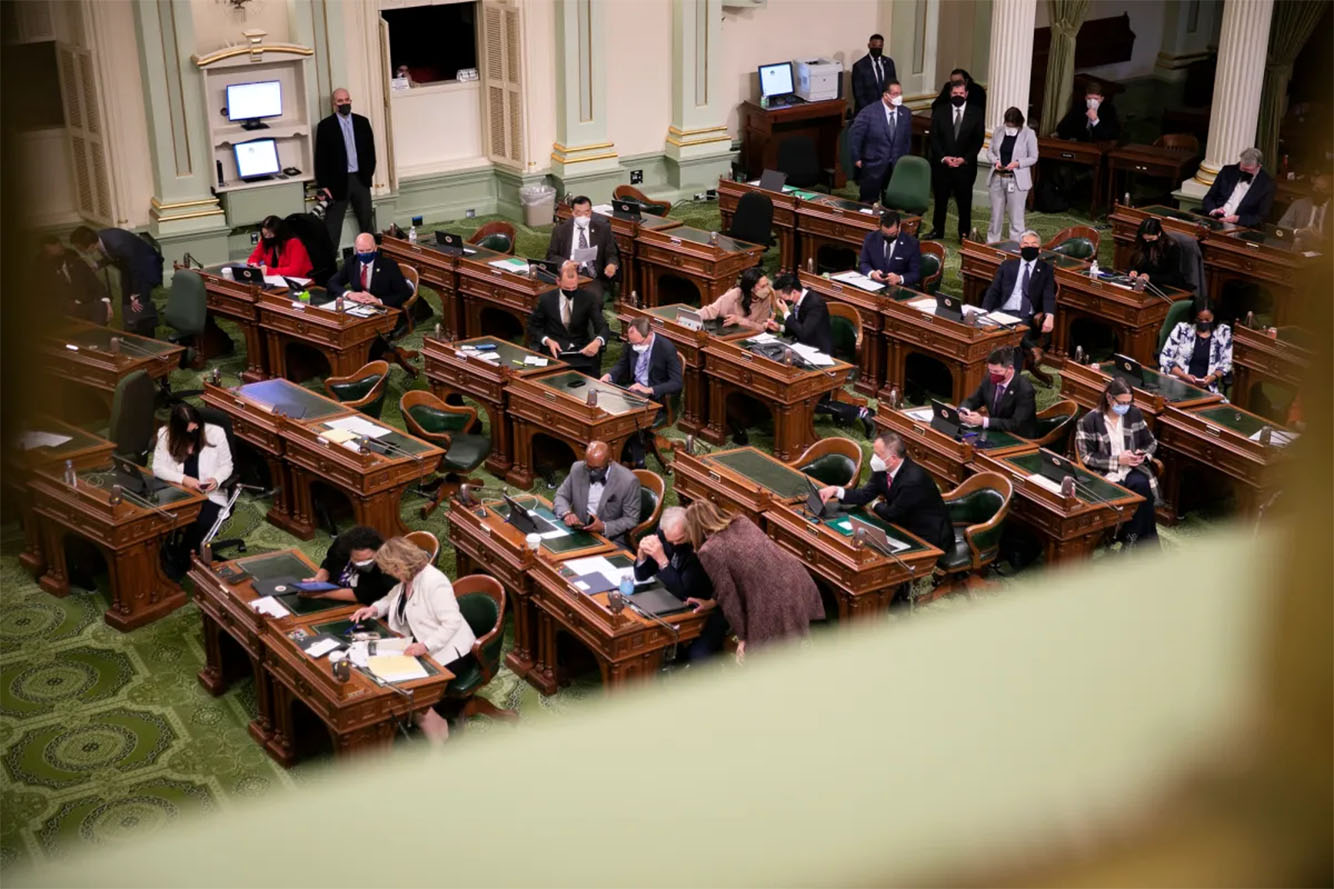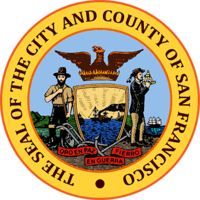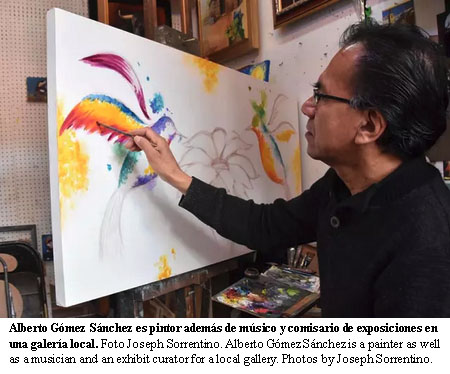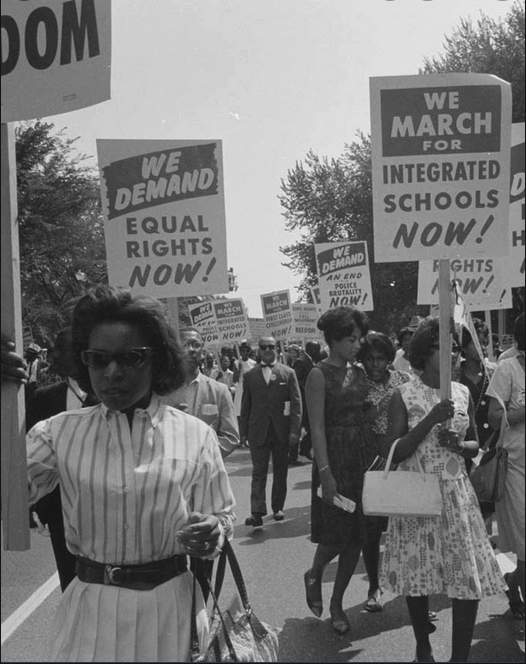Share/by Rose Lidell
02/03/2022 / Honey is a versatile ingredient often used in desserts. Raw, unprocessed honey, in particular, is a healthy, natural alternative to sugar. This amazing superfood also offers many health benefits. Consuming a bit of honey before you go to bed can help improve sleep quality and aid in natural weight management.
Honey is considered a top-tier superfood because it has laxative and antibacterial properties. It is also believed that honey can help calm a person, thus inducing sleep naturally.
Benefits of consuming honey before bedtime
Honey is often used as a sleep remedy because the sweet superfood is a natural relaxant. It can help soothe your mind, making it a great choice if you are looking for a natural treatment for insomnia.
If you’re having trouble sleeping, make a honey remedy. Pour some warm water into a glass, add the juice from the two halves of a lemon, then add honey.
Don’t add honey while the water is boiling because this will destroy the superfood’s natural goodness.
It can aid digestion
Drinking warm water and honey before bed can help eliminate toxins in your digestive system.
Honey contains antimicrobial agents that can kill harmful pathogens in your gut. At the same time, raw honey’s prebiotic content helps feed the “good” bacteria in your colon.
You can also drink the honey mixture in the morning to promote faster digestion and detoxification.
It can stop midnight hunger pangs
Some experts say that it’s best not to eat anything after 7:00 p.m. to 8:00 p.m. But if you feel hungry late at night, you can relieve your hunger pangs with a bit of honey.
Honey can give your blood sugar levels a little boost, prompting the release of the amino acid tryptophan. This then gets converted into serotonin, a hormone responsible for the relaxation of the brain, which can help induce sleep.
It can promote weight loss
It can be difficult to lose weight if you love processed foods or sweet treats. If you want to lose more weight, try consuming some honey before bed. Since honey is fat-free, you don’t need to look any further for a guilt-free snack.
Consume a bit of honey before bed to help manage your weight. Add a teaspoon of honey to a glass of warm lemon-infused water. The drink will help promote weight loss and naturally control coughs or other symptoms of asthma and bronchitis.
Using honey to improve sleep quality in children
Coughing at night is a common occurrence among children, and it often disturbs their sleep. According to the American Academy of Pediatrics, many cough-related medicines contain codeine and dextromethorphan, two ingredients linked to long-term health issues in children.
Codeine may cause side effects like difficulty urinating, headaches or stomach pain.
Dextromethorphan is linked to the following adverse effects:
– Dizziness
– Drowsiness
– Lightheadedness
– Nausea
– Nervousness
– Restlessness
– Stomach pain
– Vomiting
The World Health Organization (WHO) recommends natural ingredients like ginger, honey and lemon to cure the symptoms of cough. Because these ingredients are also full of nutrients, they are safe for children and can also promote sleep naturally.
In one study, researchers worked with 105 children in Pennsylvania. One group was given dextromethorphan, while the other group was given honey and a third group was given no treatment at all.
Out of all the young participants aged two to 18, the ones who were given honey did better than those who were given dextromethorphan. The children who consumed honey before bedtime had fewer occurrences of coughing and slept more peacefully than those who took dextromethorphan.
Honey is a superfood that can help boost your overall health. Consume a bit of honey before your bedtime as a natural sleep aid and to get rid of those late-night hunger cravings.










